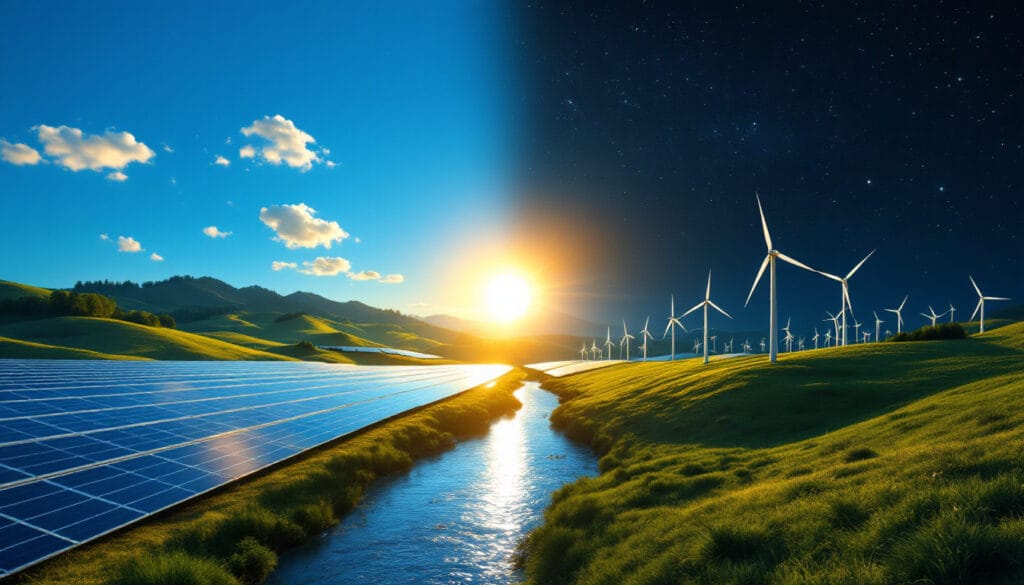Massive deforestation, driven by practices of logging and clearing, threatens our precious forests. Currently, this pressure is particularly exerted on tropical forests, exacerbated by productions such as that of palm oil. This unsustainable global consumption is responsible for nearly 20% of greenhouse gas emissions, thereby intensifying climate change. From the Amazon to Africa, and through Australia, the devastating consequences of deforestation encompass biodiversity loss and carbon release. However, recent advances in the Brazilian Amazon offer hope with a notable reduction in deforestation.
Glossary on the Blight of Deforestation
Mass Deforestation: Mass deforestation is a serious phenomenon resulting from large-scale logging and clearing operations. These actions lead to the irreversible disappearance of forests, threatening not only biodiversity but also the ecological balance of our planet. Although deforestation has existed for centuries, it has reached alarming proportions in recent decades.
Amazon Rainforest: Often referred to as the “lungs of the planet,” the Amazon rainforest has long been at the center of environmental debates. Fortunately, in 2023, deforestation within the Brazilian Amazon decreased by over 20%, reaching its lowest rate since 2019. However, the threat persists, and the balance remains fragile.
Palm Oil: The production of palm oil is one of the major factors contributing to the deforestation of tropical forests. This intensive cultivation is largely driven by our current consumption patterns. It is essential to rethink our consumption choices to reduce the destructive impact on these invaluable ecosystems.
Industrial Agriculture: Agriculture, particularly in its industrial form, is responsible for 88% of global deforestation. The relentless expansion of agricultural land for growing crops and industrial livestock poses a real danger to our forests. The pressure exerted by these activities leads to a reduction in biodiversity and threatens climate balance.
Greenhouse Gas Emissions: Deforestation accounts for nearly 20% of global greenhouse gas emissions. In addition to destroying vital ecosystems, deforestation releases enormous quantities of carbon into the atmosphere, thereby worsening climate change.
Africa: The African continent suffers from the highest deforestation rate in the world, with about 0.5% of its forests disappearing each year. This blight has dramatic consequences, both environmentally and humanely, ranging from biodiversity loss to food insecurity.
Australia: Australia is also affected by deforestation, with nearly 300,000 hectares of forests cut down each year. This situation is exacerbated by extreme wildfires that have ravaged the country, pushing even further toward forest destruction.
Climate Change: Deforestation has direct links to climate change. The more the Amazon and other forests continue to shrink, the more they become carbon emitters, thus contributing to global warming and extreme weather phenomena.
To learn more about the impact of deforestation, it is crucial to understand the biosphere as a whole. Discover more by visiting this page: Understanding the Biosphere.

FAQ on the Blight of Deforestation
Articles similaires
Thank you!
We will contact you soon.













